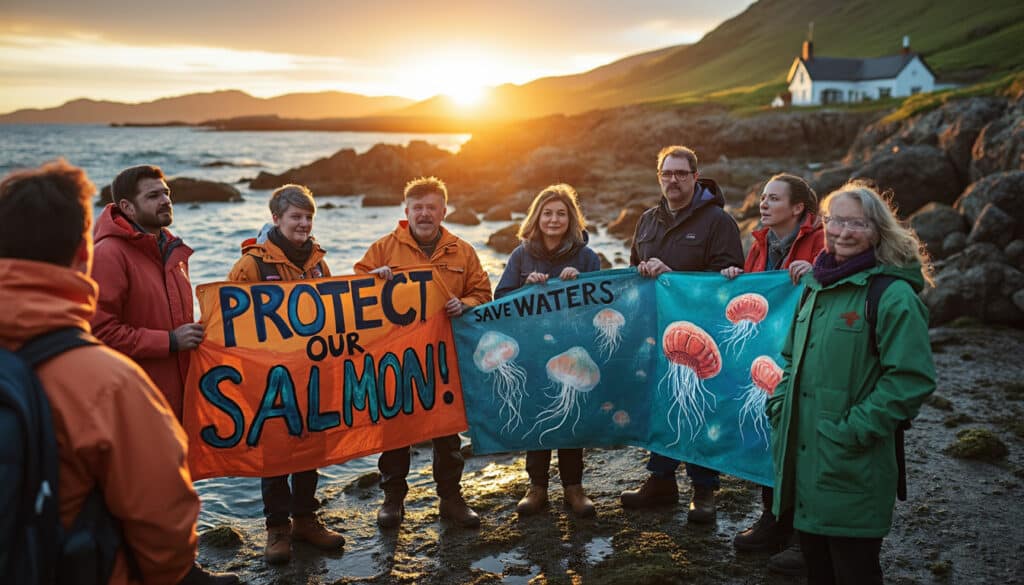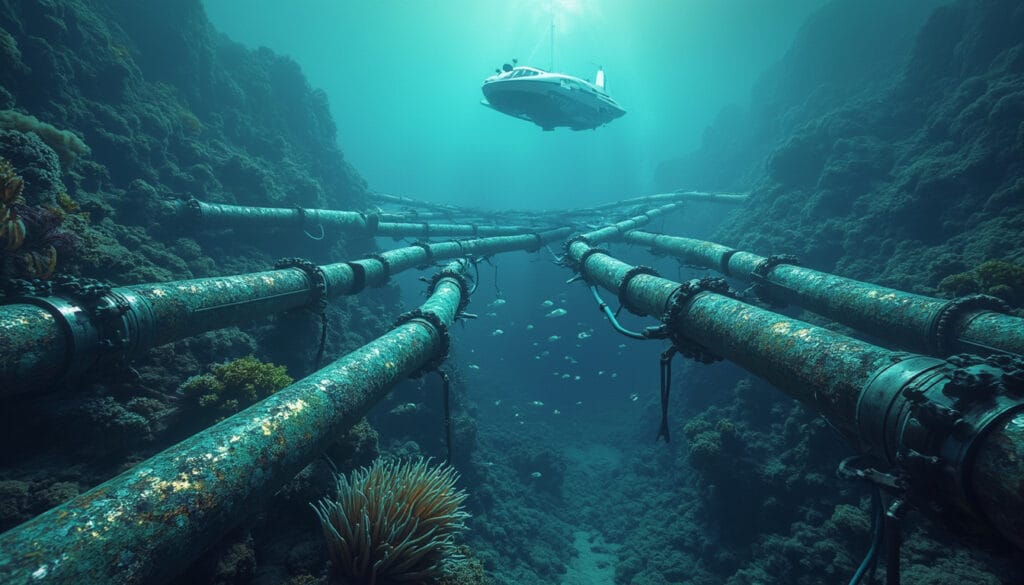The proliferation of jellyfish, particularly the species nicknamed string jellyfish, causes significant damage in the Scottish salmon farming industry, reminding us of the chaos they have sown in Norway. These marine creatures have led to the death of thousands of salmon in several aquaculture farms, raising alarms among environmental activists. In the face of this growing threat, they demand immediate and rigorous measures to protect these industries and the fragile marine ecosystem. The assessment and regulation of this situation become imperative to avoid potential environmental and economic consequences.
An invasive jellyfish species is causing serious problems for salmon farms in Scotland after wreaking havoc in Norway. These jellyfish have resulted in the death of thousands of salmon, prompting calls for urgent actions. In response to this crisis, environmental activists have criticized the industry for its inability to manage environmental challenges. Overfishing, climate change, and jellyfish development are all contributing factors, and these events underscore the need for stricter regulations in the salmon farming sector.

Scottish salmon farms under pressure
In Scotland, salmon farms are facing a growing threat: jellyfish. These marine creatures, in strong proliferation in recent years, have caused the loss of more than 200,000 salmon in the facilities around Skye and Muck. The increased mortality has, in fact, led to a reassessment of farming practices by experts who emphasize the industry’s vulnerability to unpredictable natural phenomena. Their massive presence is linked to rising marine temperatures, a direct consequence of climate change, which promotes their rapid development. This invasion has prompted various activists to demand urgent interventions to protect the ecosystem while preserving regional economic resources.
The response of environmental activists
Since the arrival of jellyfish, several ecologists, including Dale Vince, have intensified their calls for regulatory measures against the salmon industry. They accuse the farms of contributing to biodiversity loss by disrupting marine balances. The argument is that these facilities, by using the sea as a polluting receptacle, must rethink their operational practices to face the growing resilience of the marine environment. In response to the criticisms, a spokesperson for Mowi Scotland mentioned that rigorous daily monitoring programs have been initiated to better manage emerging threats. However, this monitoring is only part of the solution according to activists, who advocate for a more integrated approach, placing the health of aquatic ecosystems at the heart of their battle.
The impact of climate change on jellyfish populations
With the cumulative effect of climate change and the overfishing of jellyfish’s natural predators, their expansion becomes concerning. Studies highlight that these conditions not only favor their proliferation but also pose a risk to other industries, such as cooling plants and coastal tourism. In 2023, several scientists warned that without precise interventions, the situation could worsen, notably with more frequent and widespread jellyfish blooms. To address this threat, a call for international cooperation is emerging, aiming to establish clear and effective environmental regulations, essential for mitigating the impact of these disruptions in the long term. Jellyfish, having become the echo of ecological upheavals, urge us to rethink our interactions with marine environments to ensure a sustainable cohabitation.
Articles similaires
Thank you!
We will contact you soon.














